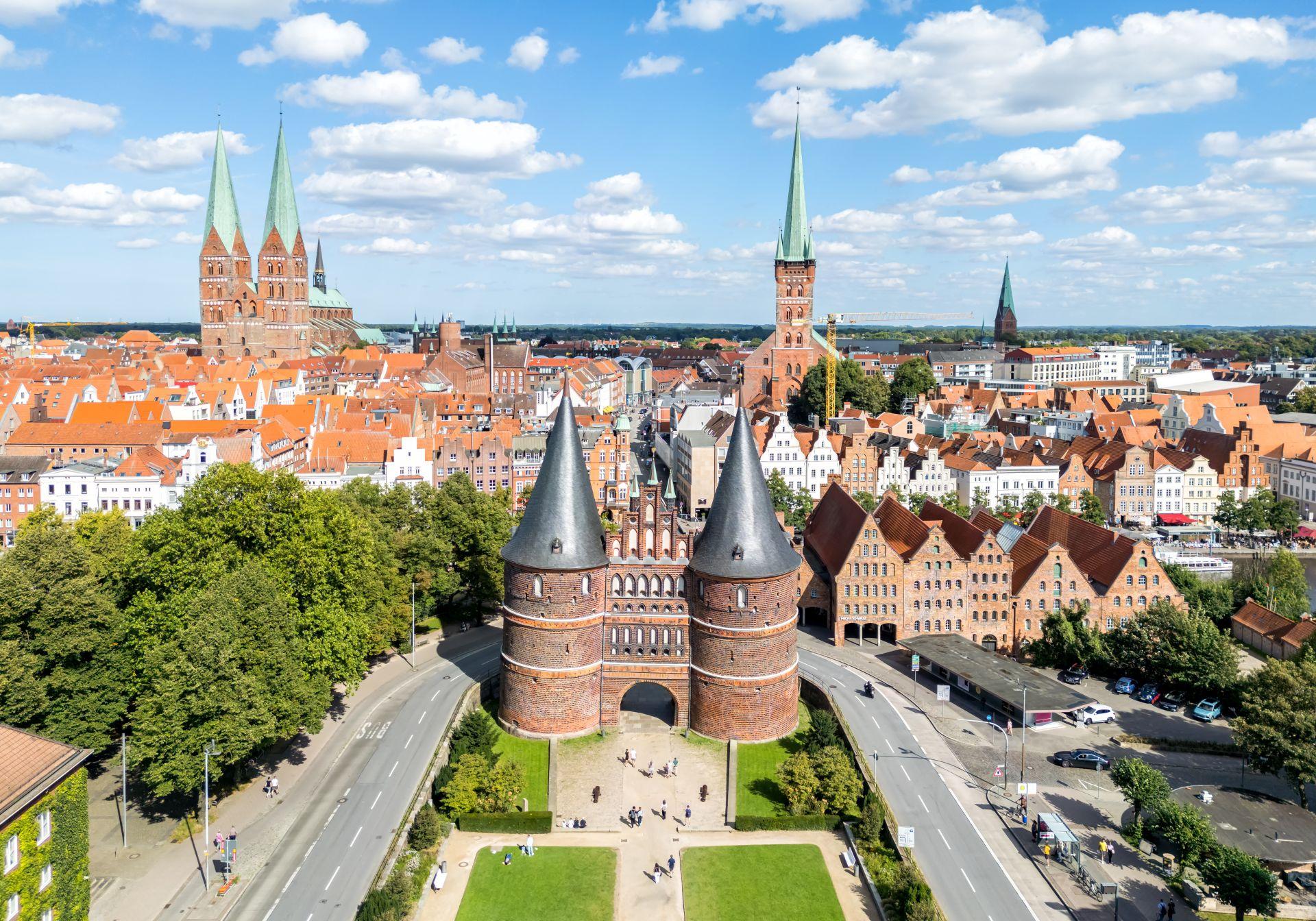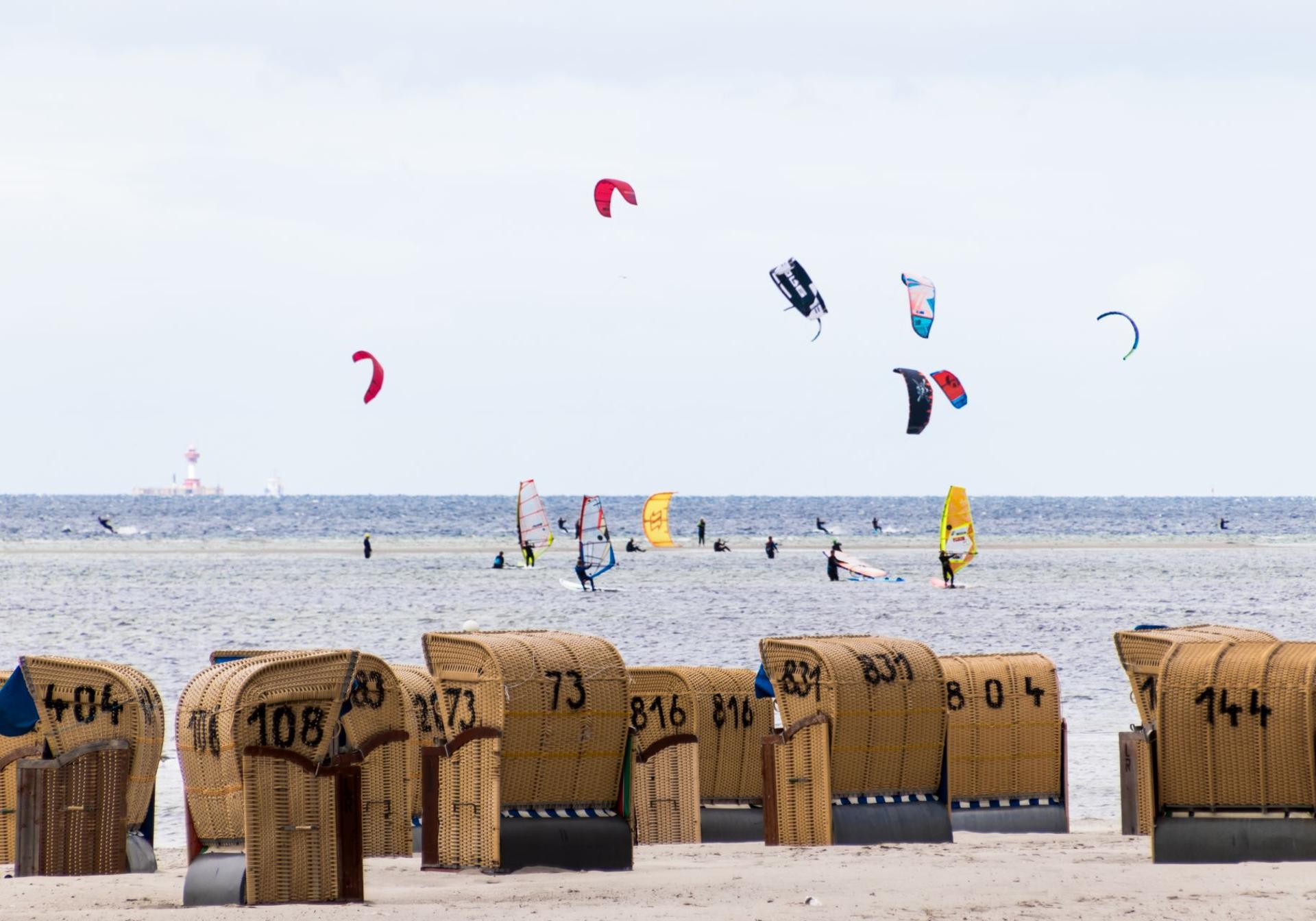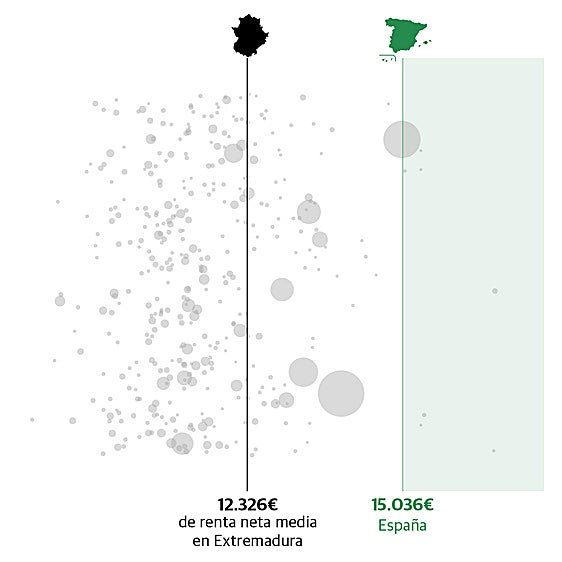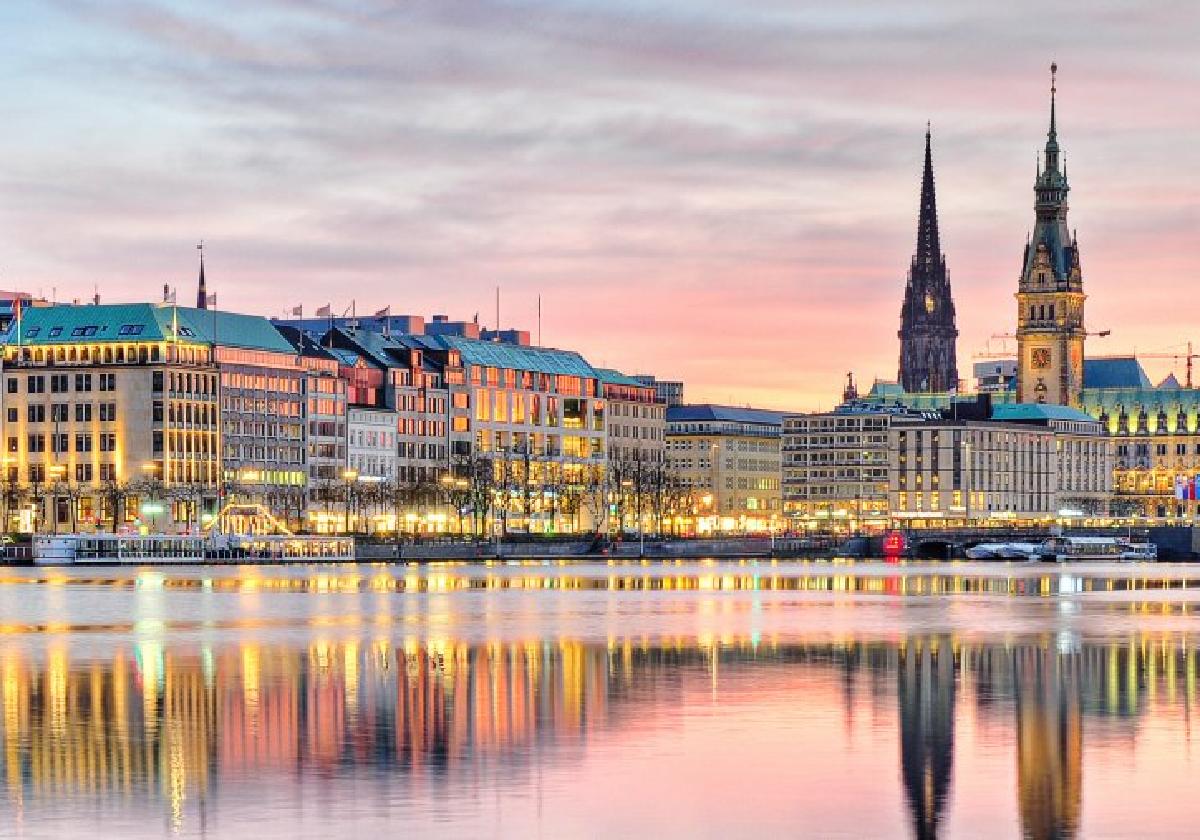Unlock a different side of German culture, with no clichés
Home to the renowned Hanseatic League, these northern cities were instrumental in European trade and history
Emma Blanch
Malaga
Friday, 30 May 2025, 14:06
When we think of Germany, we often picture Oktoberfest, lederhosen and all things Bavaria - but the country has much more to offer.
Germany's second largest city, Hamburg, is an extraordinary blend of maritime heritage, the arts and nightlife. While it is well-known for its iconic Reeperbahn, Hamburg is a city worth more than just partying. Other than techno, Hamburg is buzzing with live music, historically the backdrop of The Beatles' rise to fame.

Packed with up-and-coming artists, Hamburg's many music venues span all genres, modern and traditional. For classical music, the Elbphilharmonie and Opernhaus are the places to go. After a concert, the Elbphilarmonie has an impressive viewing deck, allowing for sights of the whole harbour. Looking west, Landungsbrücke and the theatre district can be seen from the balcony. Experience theatre on the water by taking a river taxi across the Elbe to see Hamburg's full lineup of musicals.
Strolling through the Dammtor Planten un Blumen botanical gardens is the perfect escape from the city bustle. Alongside the meticulously curated gardens, it gives the best view of the Heinrich Hertz television tower.
Feldstraẞe Bunker combines history, scenery and music. A mix of towers and bunkers, the building was used in the second world war to defend Hamburg from Allied air raids. It has since been converted into a memorial, educating visitors on its use during the war. But it also boasts panoramic city views from nearly 200 feet, and after hours becomes a techno venue.
The Hamburger Kunsthalle would be well worth the ticket just for its ornate architecture and interior design, but of course, its varied offer is the real cultural appeal. Hamburg is home to many great museums: Dialog Haus provides a unique insight into the experience of the deaf and blind; Miniatur Wunderland, with record-winning model trains and towns; and the International Maritime Museum, displaying the city's rich nautical history - to name a few.
Further south, in Lower Saxony, is another Hanseatic city, Bremen. What sets this city apart is its stunning art scene. Kunsthalle Bremen is a wonderfully curated collection, split not only by style and era, but also thematically (mixing periods and aesthetics to create overviews of conceptual topics). One ticket could give hours upon hours of exploration.

Gothic brick architecture is characteristic of the historic centre with its market square and Rathaus. The Schnoor is a must-visit part of the city - full of old winding lanes with independent boutiques and coffee shops. It has long been considered an open, modern city as represented by the Brothers Grimm tale: The Town Musicians of Bremen. Art is not just found in museums, but on the street too, with Marcks' Town Musicians statue guiding the way to the centre.
Schleswig-Holstein highlights
Capital of the Hanse was Lübeck, which was considered the most important city in Europe around the 12th century. Lübeck is an enchanting and magical place, with the Holstentor framing the city as its regal gateway. The city wall was built in the middle ages and bears the inscription "harmony within, peace outside", to defend against attacks and display its status. Throughout the centuries, Lübeck has become known as "Stadt der Sieben Türme" (city of seven towers) due to its skyline marked by grand, gothic churches with their distinctive copper-green spires.
While these Lübeck signatures are renowned in Germany, its international reputation mainly focuses on Christmas markets and marzipan. Niederegger (Lübeck marzipan producer) owns numerous cafes and shops in the city that should not be missed, with their decorative and delicious treats.
Stepping out of the Hanse, but in keeping with the harbour city theme, is Schleswig-Holstein's state capital, Kiel. Known as the 'sailing city', it hosts Germany's Olympic water sports. In a tactical position on the Baltic sea, Kiel has a big military naval base. This made the city a target for Allied bombing during the second world war. Kiel's base was rebuilt and is still functional today, along with a naval memorial across the water in Laboe.
The star of the show is Kiellinie, the boardwalk along the sea. Dotted with food stalls and cafes along with places to swim and a strategically placed sauna. While it may sound crazy to jump into the Baltic sea, the swimming spot and sauna are busy all year, even when the sea is frozen.
Locals and visitors alike share a love for waterside cafe Moby, where you can try Schleswig-Holstein's speciality: Fischbrötchen, or the nationwide tradition of Kaffee und Kuchen.
Just a short ferry from Kiellinie are many beautiful beaches. While they may be different from beaches on the Costa del Sol, the northern German seaside has a special atmosphere with Strandkorb (beach chairs) lining the white sand.
Coming up next month is the city's festival Kieler Woche (Kiel week). What started out as a sailing festival has grown and now involves events for all ages. It is one of the most anticipated events on the social calendar in Schleswig-Holstein. A week full of sailing, sports, music and DJ sets - the festival lasts from 20 to 29 June this year.
All of these beautiful cities stray from stereotypes and offer a very different German experience. The popular Bavaria-centric perspective fails to represent the country's diversity. Discover a new side of Germany in a tour made possible by its efficient transport. A wealth of culture accessible in under three hours flying from Malaga Airport.



